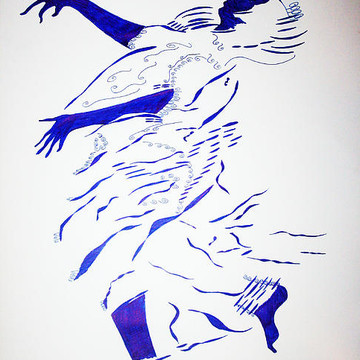Looking for design inspiration? Browse our curated collections!
Joined
2009
Followers
380
Visitors
1,487,998

Burundi Ishaka Dance
Ishaka:Generally, the dancers perform within the circle of spectators/singers. They dance in pairs, particularly the young girls and women. Traditionally, the female dances were danced within the rugo (enclosure) or its immediate surrounding area; the men's dances were danced for the king, for a chief or during important public meetings. The dances referred to above, like Burundian dancing in general, do not have the sensual movements found within the dances of certain other African regions. The number of dances common to both Hutu and Tutsi seems high. The authors of the article observe certain specific regional aspects which we describe here: o the umuyebe dance in the Imbo region and its neighbouring Mirwa: miming dance reserved for men; o the ihunja (female) and imisambi (also female, imitates the movements of the crowned crane, after which it is named) and amayaya (male or female, nonchalant) dances, all from the Kirimiro region in the centre of the country; o the umutsibo (female) dance concentrates on the movement of the legs and pelvis, but without eroticism, in the Buyogoma region; o the urwedengwe (female) dance, which concentrates on the movement of the shoulders, with the dancer in a slight bent/tense position, in the Ngozi and Buyenzi regions; o the ubusambiri dance in the Buragane region with heavy external influences, a young people's dance unknown to the old people of the region.